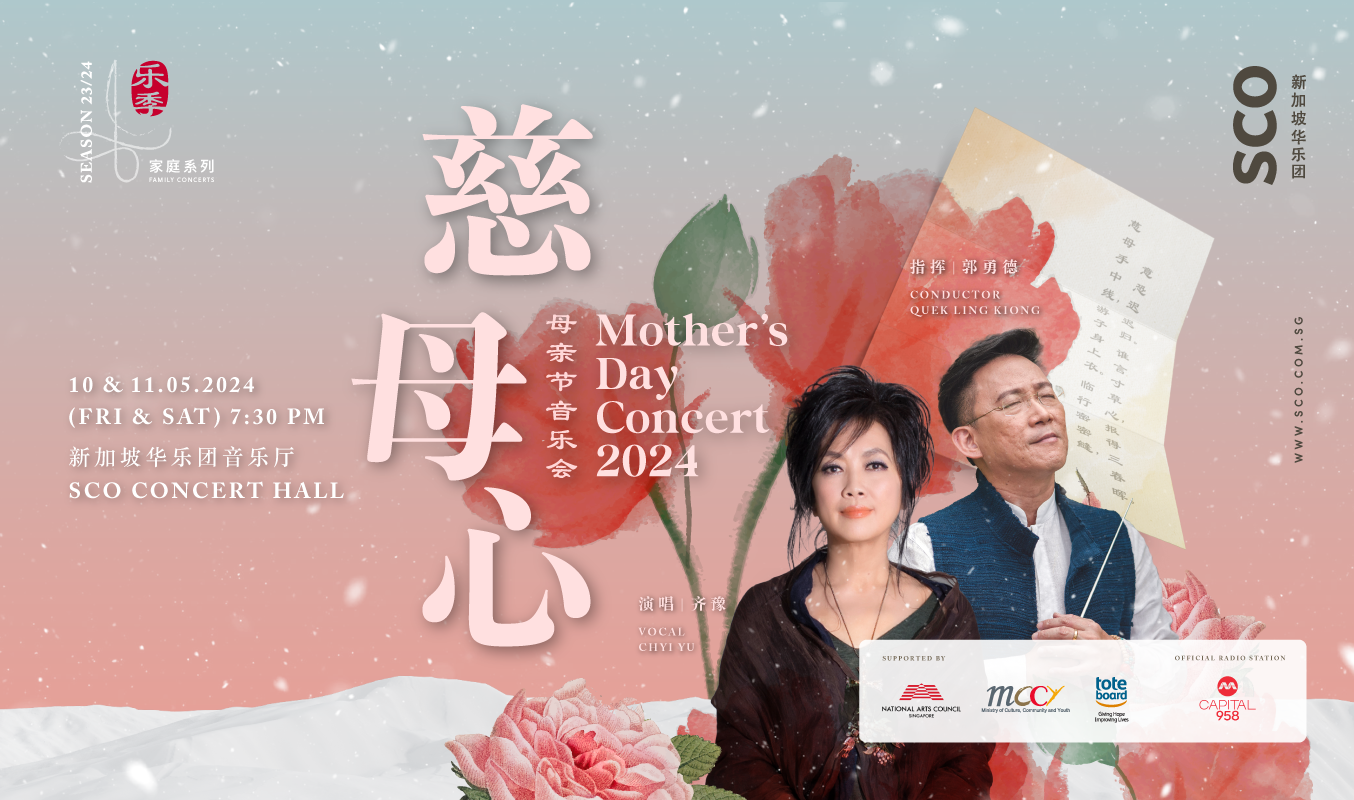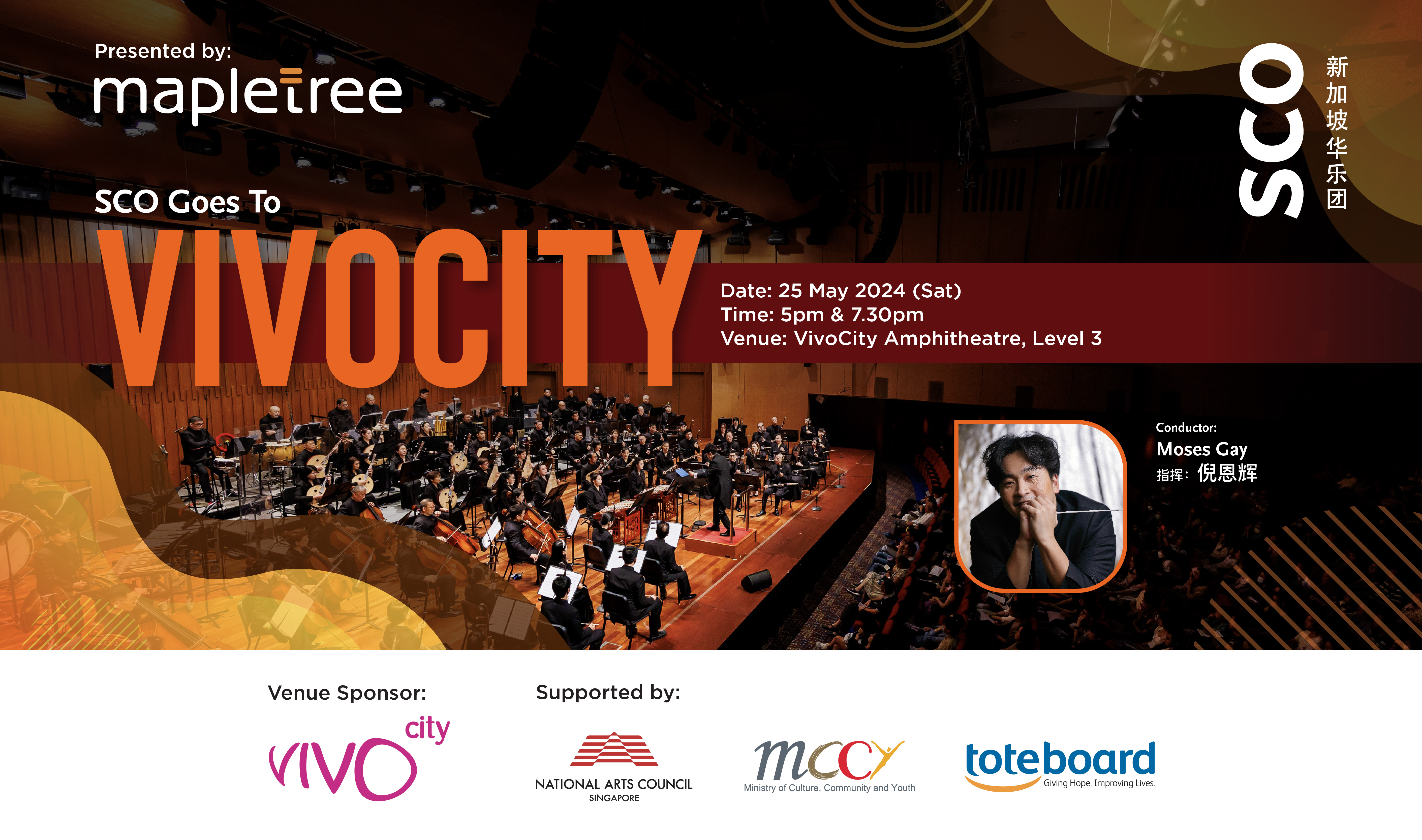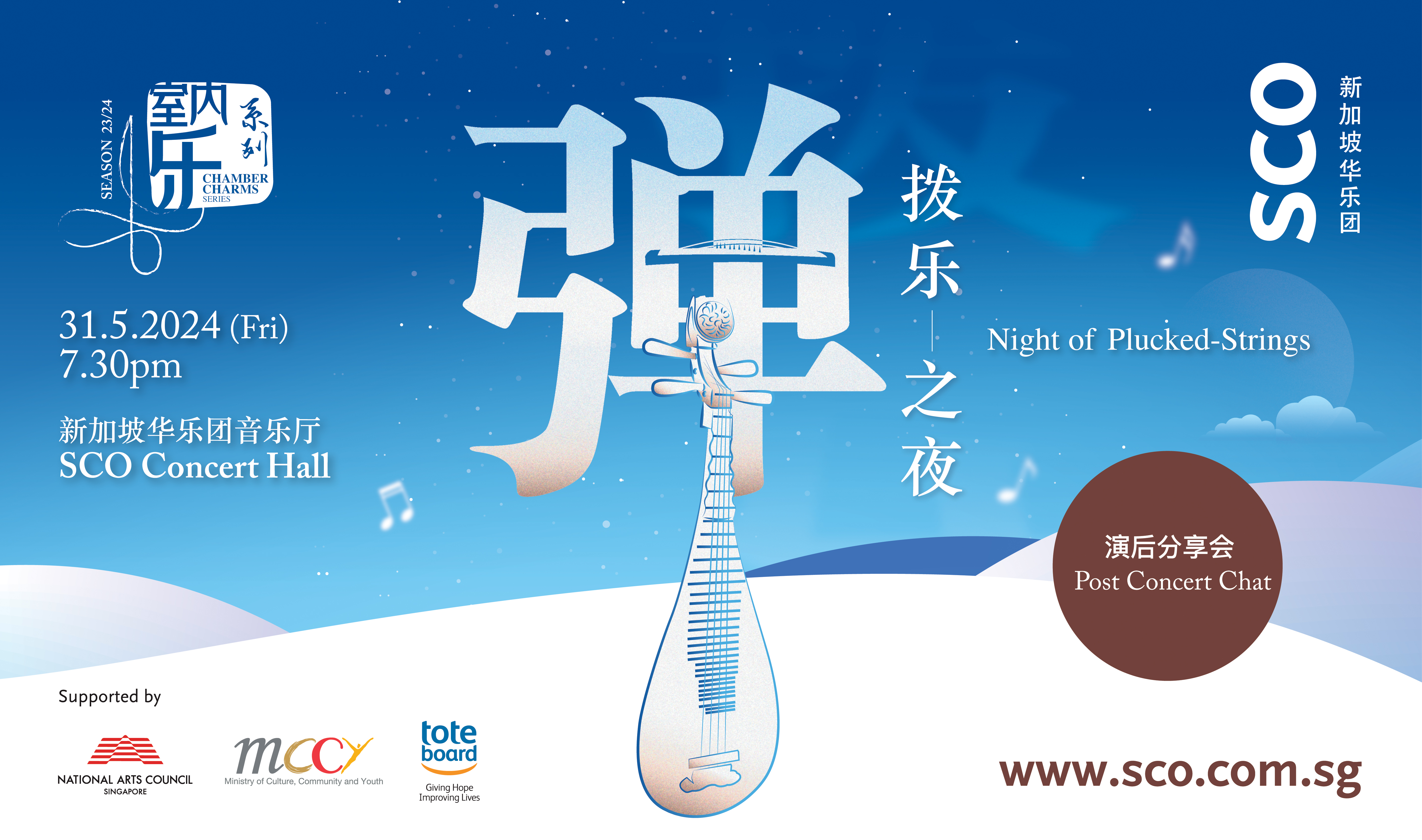Q: How did you interpret the piece “The Butterfly Dream”?
Yin Zhiyang: In the piece "The Butterfly Dream", I create imagery and emotions entirely based on its melodies and other musical characteristics. For instance, a certain passage might evoke an image of butterflies gracefully dancing in the gardens of an European mansion, while the more staccato melodies allow me to re-imagine them as the dragonflies. In essence, each passage paints a corresponding image in my mind. The piece includes several rubato sections, allowing for a greater flexibility rather than a strict adherence to each and every beat.
Q: We heard that this is a challenging piece, could you elaborate more? Was it difficult for you?
Yin Zhiyang: This piece was composed in the 1980s, a time when such experimental works for the dizi were relatively rare. Unlike the pentatonic scale (i.e., it mostly plays notes that lie within a five-note scale) commonly used in traditional Chinese music, this piece employs Western music composition techniques. Playing these notes on a dizi, which only has six holes, can be quite challenging. To overcome this limitation, other musicians would choose to use a specially-designed eight-hole dizi for this piece, which allows for easier execution. However, for this performance, I would be using a standard six-hole dizi throughout the entire piece. Therefore, maintaining the pitch accuracy might pose a certain level of difficulty.
Furthermore, this composition encompasses a wide range of tonal variations. Even within the same melody, the performer needs to pay attention to the dynamics in volume, timbre, tempo, and other elements to evoke certain musical effects. Thererfore, a deep grasp of the musical interpretation is essential for delivering a good performance.
Q: Did you make any special preparations for this concert?
Yin Zhiyang: For me, the most important thing is to have plenty of stamina. I am prepared in terms of technique and musicality. Since I have been playing the dizi continuously since the age of seven, this long-term training plays a significant role in my performances. So, the only aspect where I feel slightly lacking is my stamina. Moving forward, I will focus on exercising and building up my stamina, so that I can present "The Butterfly Dream" in my best possible condition.
Q1:请问您在演奏时有哪些想象和感受?
尹志阳:在这首《蝴蝶梦》里,我是完全根据它的旋律、调式,和其他音乐特点来构建画面和情感。比如某一个段落会让我联想到一个类似欧洲的庄园,蝴蝶在庄园间翩翩起舞。而在一些比较点状的、跳跃的旋律,就会把它想象成蜻蜓在飞。总之,每个段落在我脑海中都勾勒出了一副对应的画面。整首乐曲的自由段落就相对多一些,但这种自由并非绝对,而是在拍子中稍微游离,并非完全准确地跟随每一个拍子。
Q2: 听说这是一首突破了笛子极限的曲子,请问它的难度在哪里?对您是否是一种挑战?
尹志阳:这首作品是上个世纪八十年代创作的,那个时候类似的作品相对较少。与华乐采用的五声调式不同,这首作品采用了西洋音乐的创作手法。它运用了许多12平均律的变化音,而笛子作为只有六个孔的乐器,演奏这些变化音,会稍显困难。为了克服乐器的限制,其他演奏家甚至用了特别设计的八孔笛子,以便更好地演奏半音阶。而这次演出,我将从头到尾使用六孔的笛子。因此,在音准方面或许会稍有难度。
此外,这首曲子涵盖了丰富多样的音色变化。即便是相同的旋律,演奏时不仅要做出强弱的变化,还需要考虑到音色、速度等各种变化,以营造出特定的音乐效果和画面感。因此,演奏者需要对音乐深入理解,才能演绎好这个作品。
Q3:对于这场音乐会,你有没有做一些比较特别的准备?
尹志阳:对我来说,最重要的就是要拥有充沛的气力去吹奏。如今技术、音乐方面我都有所准备,唯一稍显不足的是体能。这与我早年练出来的童子功相关。我从七八岁就开始持续不断地练习笛子,这种长期的积累在表演中仍然发挥着重要作用。所以,现在唯一稍显不足的是体能,接下来会特别注重身体的锻炼和调理,以最佳状态将《蝴蝶梦》呈献给观众。




